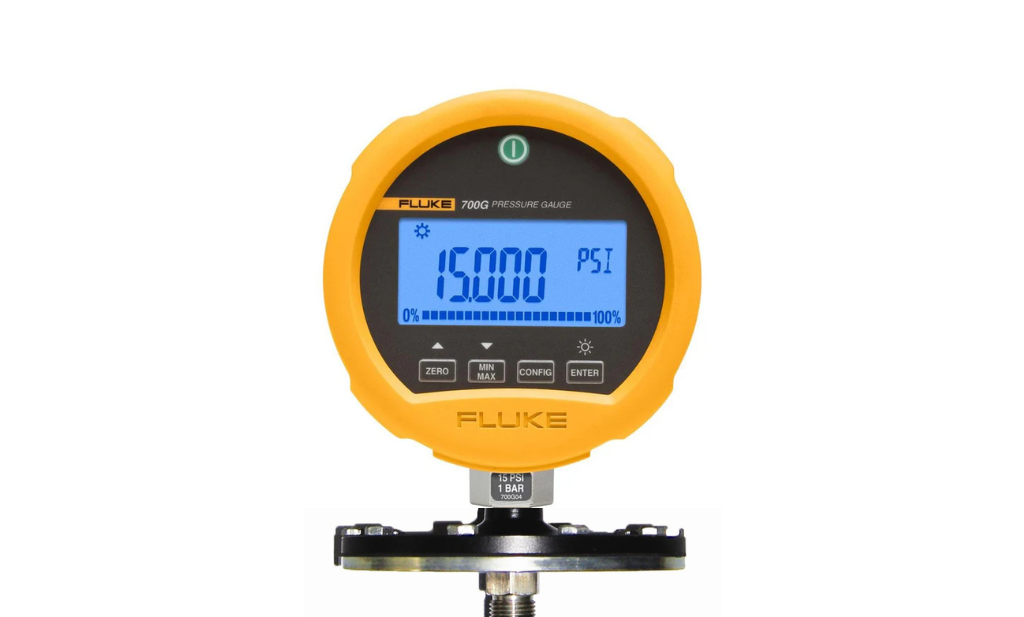- August 29, 2024
- by Emmanuel
- Calibration
The Importance of Gas Monitor Calibration
In environments where gas exposure poses a risk, such as industrial plants, laboratories, and confined spaces, gas monitors are indispensable tools for ensuring safety. At Gulf Coast Calibration, we recognize the critical role these devices play in detecting hazardous gases and maintaining a safe working environment. In this blog post, we’ll explore why regular calibration of gas monitors is essential, how it impacts safety, and the steps involved in the calibration process.
Why Gas Monitor Calibration Matters
Gas monitors are designed to detect the presence of harmful gases and provide early warnings to prevent exposure. However, the accuracy of these devices can degrade over time due to factors such as sensor drift, contamination, and environmental conditions. Here’s why regular calibration is crucial:
1. Accuracy and Reliability
Gas monitors must provide precise readings to ensure they can detect gas levels accurately. Regular calibration verifies that the device is functioning correctly and delivering reliable data. Without proper calibration, a gas monitor may give false readings, leading to undetected hazards and increased risk.
2. Compliance with Safety Standards
Many industries are required to comply with safety regulations and standards that mandate regular calibration of gas detection equipment. Adhering to these requirements not only ensures safety but also helps avoid legal and financial repercussions.
3. Protecting Human Health
Inaccurate gas detection can expose workers to harmful gases like carbon monoxide, methane, or hydrogen sulfide. Regular calibration ensures that the gas monitors are functioning optimally, protecting workers’ health and preventing potentially dangerous situations.
The Gas Monitor Calibration Process
Calibrating gas monitors involves several critical steps to ensure the devices operate at peak performance:
1. Preparation
Before calibration, it’s important to prepare the gas monitor by ensuring it is clean and in good working condition. This includes checking for any physical damage and verifying that the sensors are intact.
2. Zeroing the Device
The calibration process typically begins with zeroing the device. This step ensures that the gas monitor reads zero when no target gas is present. This is crucial for accurate detection of gas levels.
3. Applying Calibration Gas
Next, calibration gases with known concentrations are introduced to the gas monitor. The device’s response to these gases is measured and compared against the known values. This step helps to adjust the monitor’s readings to ensure accuracy.
4. Adjusting and Verifying
Based on the monitor’s response to the calibration gases, adjustments are made to align the device’s readings with the actual concentrations. After adjustments, the monitor is tested again to verify that it provides accurate readings.
5. Documentation
Finally, the calibration process is documented, including details of the gases used, calibration results, and any adjustments made. This documentation is essential for tracking the device’s performance over time and demonstrating compliance with safety regulations.
The Role of Gulf Coast Calibration
At Gulf Coast Calibration, we offer comprehensive gas monitor calibration services to ensure your equipment is functioning correctly and reliably. Our experienced technicians use state-of-the-art equipment and follow industry best practices to deliver accurate and efficient calibration. Here’s how we can assist:
- On-Site Calibration: We provide on-site calibration services to minimize downtime and ensure that your gas monitors are calibrated in their actual working environment.
- Regular Maintenance: Our services include regular maintenance and recalibration to keep your equipment in top condition.
- Compliance Assurance: We help you stay compliant with industry regulations by providing detailed calibration reports and documentation.
Conclusion
Gas monitors are vital tools for maintaining a safe working environment, but their effectiveness depends on regular calibration and maintenance. By ensuring that your gas monitors are accurately calibrated, you protect your workers from harmful gases and comply with safety standards.
At Gulf Coast Calibration, we are committed to providing top-notch calibration services to keep your gas monitors performing at their best. Don’t compromise on safety—contact us today to schedule your gas monitor calibration and ensure the reliability of your safety equipment.
Feel free to reach out for more information on how we can support your safety and compliance needs.
Call us to discuss your calibration, test or repair needs at:
713.944.3139.



